Buying a sink and faucet is not the most exciting thing, and given the wide range to choose from, it is not a quick decision either.
So we’ve put together the basics of what you need to know in this guide, from the materials you can choose to, to the different features you need to look out for, so you can shop quickly and informed.
Think about the material of your sink
When it comes to material selection, these are the most common.
Stainless steel: hygienic, durable and sturdy, but requires regular cleaning to avoid water stains. It can also become scratchy and dull over time if you don’t care for it properly, such as when you wear it. B. Wipe dry after use. Choose a higher quality stainless steel to reduce vibration and noise when washing dishes.
The standard to aim for is 304 stainless steel, which is 18 percent chrome and 8 percent nickel.
Fireclay: A type of ceramic-porcelain material that is fired in an oven at very high temperatures, making it exceptionally durable, non-porous and heat-resistant. Most commonly used to make farmhouse sinks. Expensive and very heavy, so you need a cabinet that can withstand its weight.
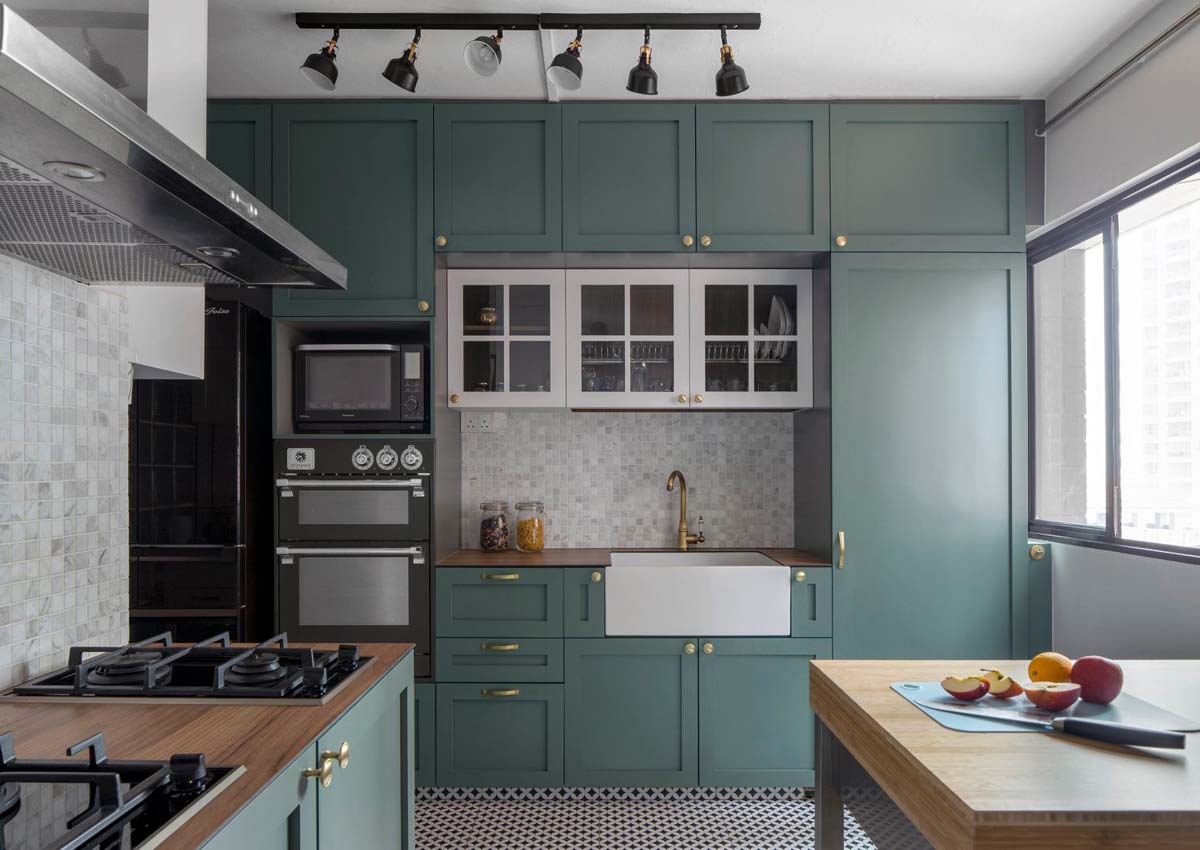
Ceramic: Ceramic sinks look very similar to fireclay sinks, although they are not as sturdy or expensive. They can discolor if you leave stains on them for too long, and they can peel or scratch if you are not careful. Do not use abrasive brushes for cleaning. On the positive side, they are easy to wipe off after use.
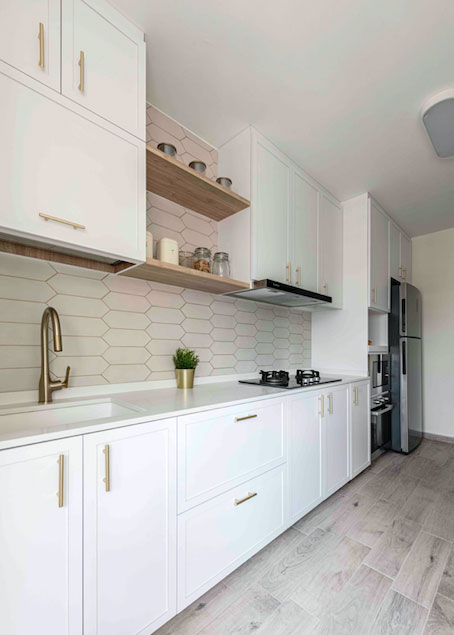
Composite: Composite sinks are made from a mixture of materials, usually either quartz or granite, mixed with acrylic resins. They’re usually available in a wider range of colors and, depending on the technology, can be dense, durable, and stain resistant.
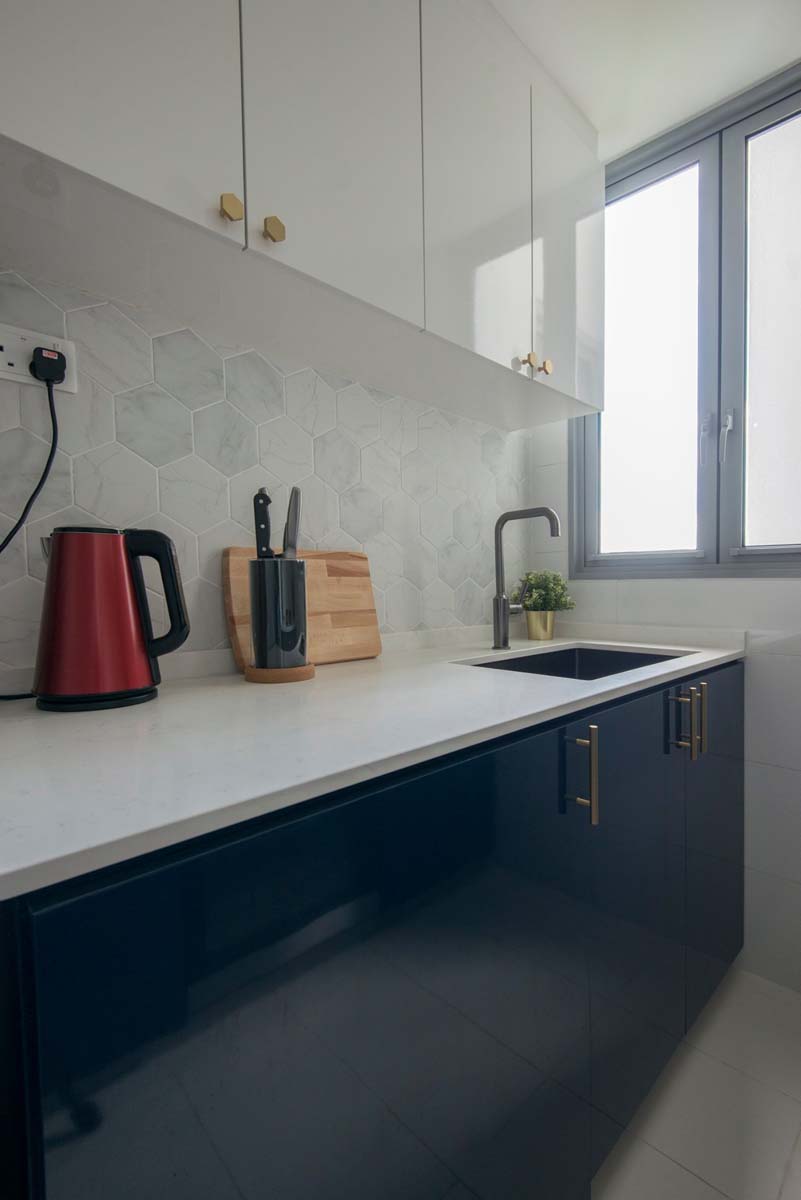
Some granite composite sinks such as the Silgranit sinks from Blanco are particularly hard due to their high granite composition. You should therefore be particularly careful when washing delicate glassware.
Choose from 5 main types of kitchen sinks
Top-Mount: Also known as drop-in sinks. Top-mount sinks are framed with a visible rim that sits directly on the worktop. Compared to an undermounted sink, they are easier to install and can therefore be replaced if necessary. Since these aren’t hidden gaps, top-mounted sinks are also easier to clean.
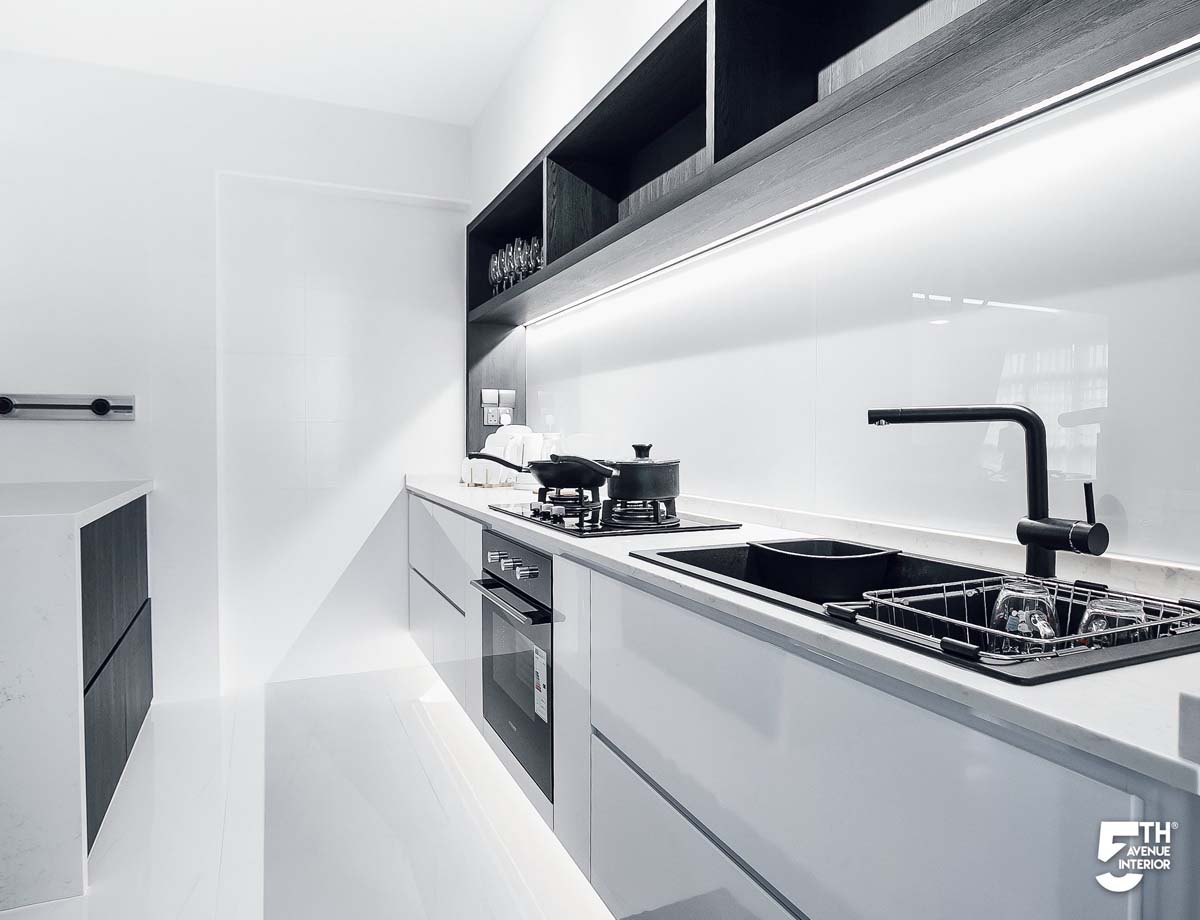
Sub-assembly: The edge of a sub-assembly sink is located directly under the worktop. This gives you a little more space on the countertop and it is also easier to wipe the contents of your countertop into the sink with no visible edge.
However, the gap between the sink and countertop, usually filled with silicone sealant, is a breeding ground for dirty grime over time.
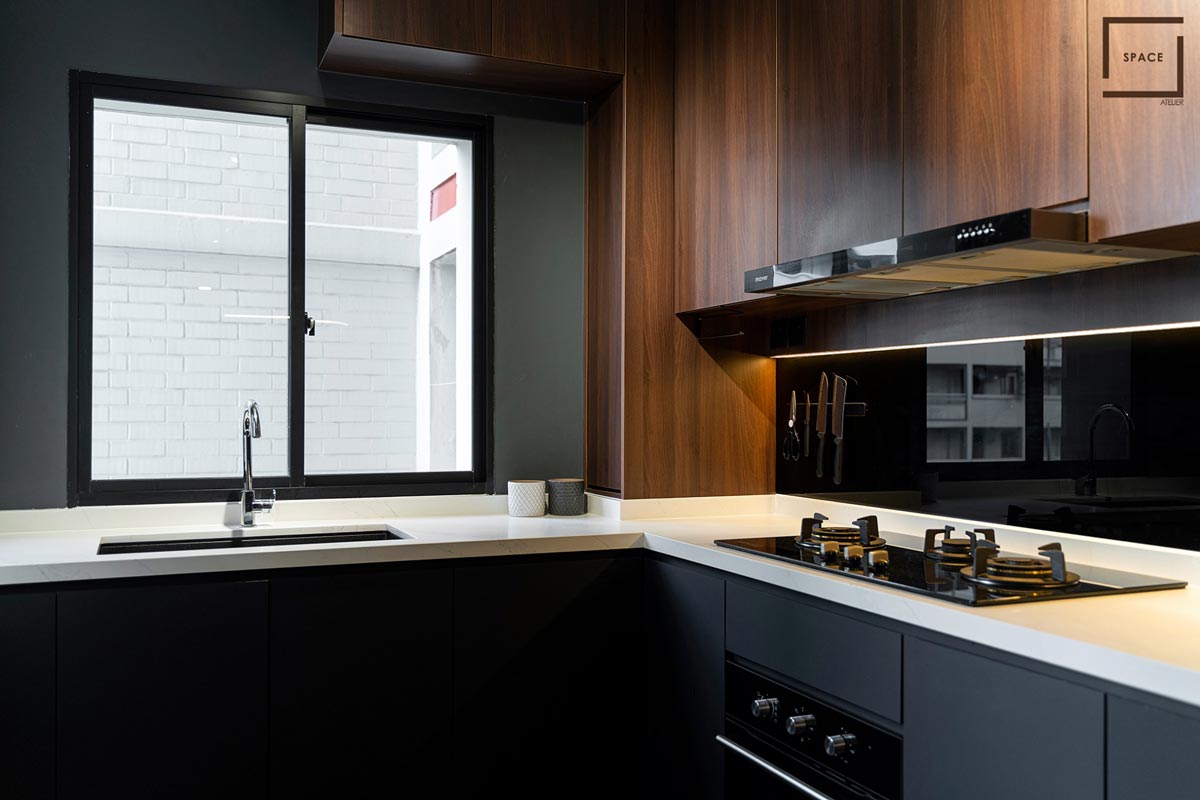
Concealed: This type of sink is newer on the market and, as the name suggests, has a rim that is completely flush with the countertop with no gaps, solving the problems of both sink and sink problems.
Most concealed sinks are installed on-site with the countertop before they are brought into the kitchen for installation. Due to the precise installation, a concealed sink only works with worktop materials such as natural stone or quartz.
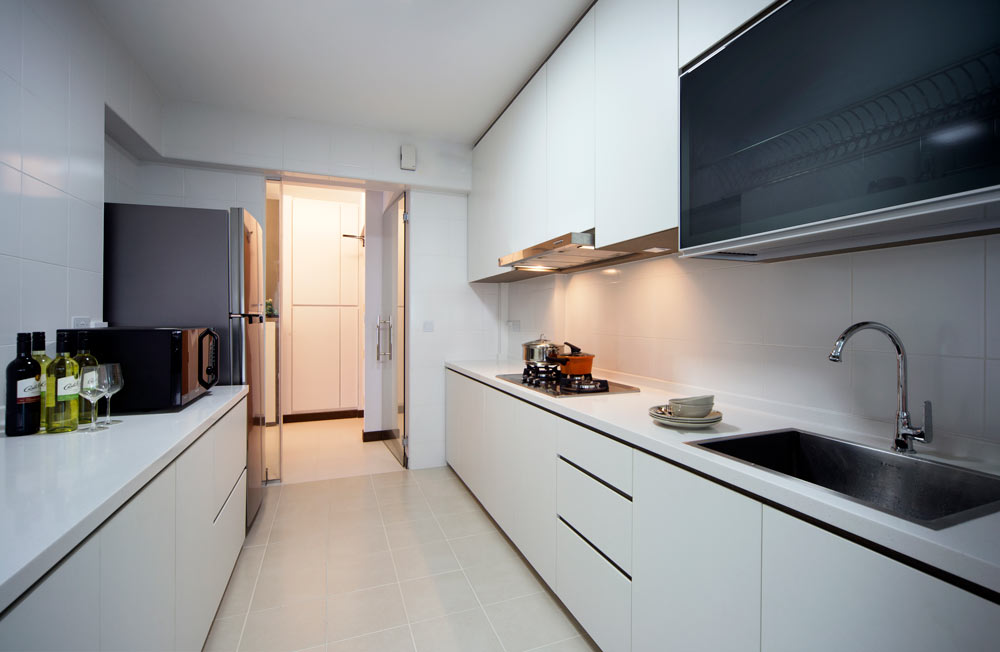
Integrated: An integrated sink is made of the same material as the worktop. The entire piece is also usually made on-site first before installing it in your kitchen. There is practically no seam, which gives you a seamless effect that looks very clean and modern. Cleaning up is a breeze too.
The caveat is that they can be very expensive. Replacing your sink means changing your entire countertop as well. A likely scenario if you are going for a material, such as a solid surface, that is easy to discolor.
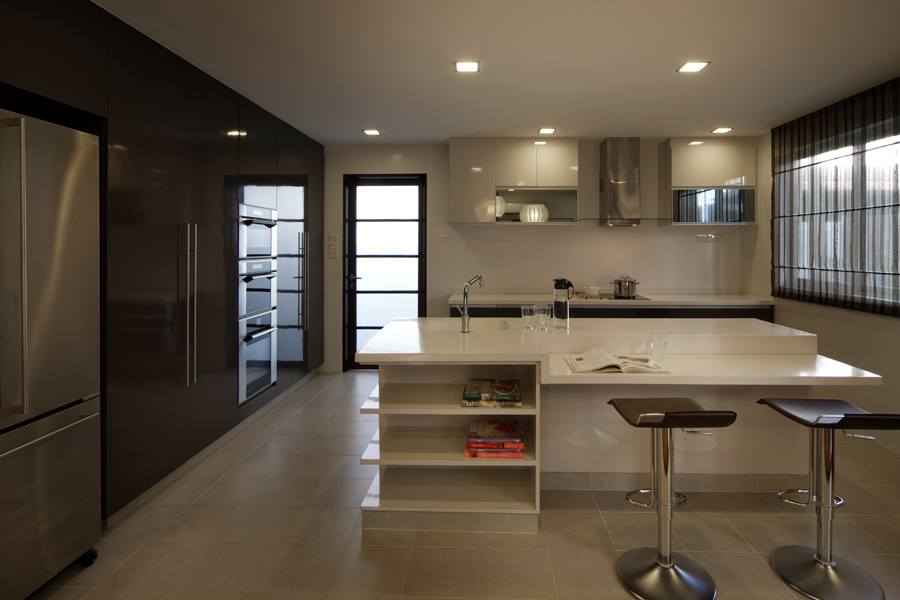
Apron front: Also known as farmhouse sinks, apron front sinks are a nice addition to rustic country-style kitchens. But they are also popular in modern environments and thanks to their clearly visible front, they will be the focus of every kitchen.
Typically made from fireclay – although they are also made from materials like ceramic, cast iron, or copper – you’ll need to customize your kitchen base cabinets to fit them in. You also have limited options if you need to replace them down the street.
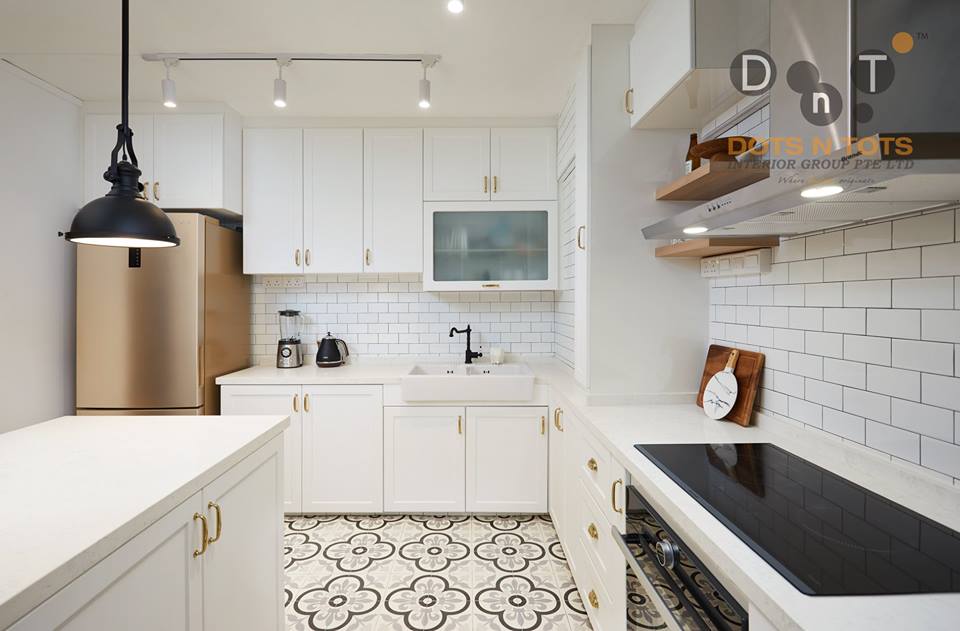
Which kitchen sink configuration would you like to choose?
Single bowl: When you’re limited in kitchen space, a single bowl helps reduce countertop space. For avid chefs who cook with large woks or pans, a single deep sink allows you to soak and wash large goods with ease.
Deeper sinks are harder to clean, however, and unless you are very tall you may find it difficult to reach the bottom of your sink.
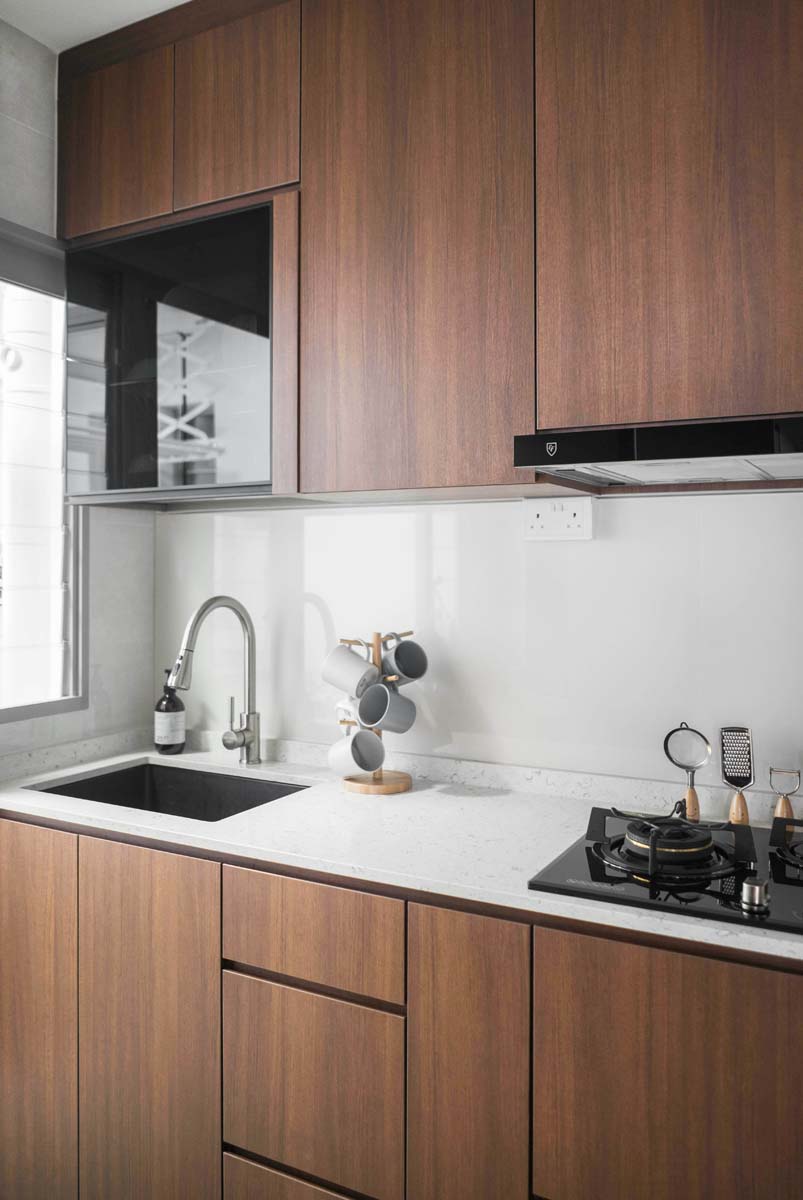
Two bowls of the same size: These sinks are usually quite large, so they take up a lot of space on the countertop. Excellent if you prefer to wash your dishes by hand rather than in the dishwasher, as you have plenty of space to set up your soaped dishes and plenty of space to wash them.
It’s also a good option if two people are working in the kitchen at the same time.
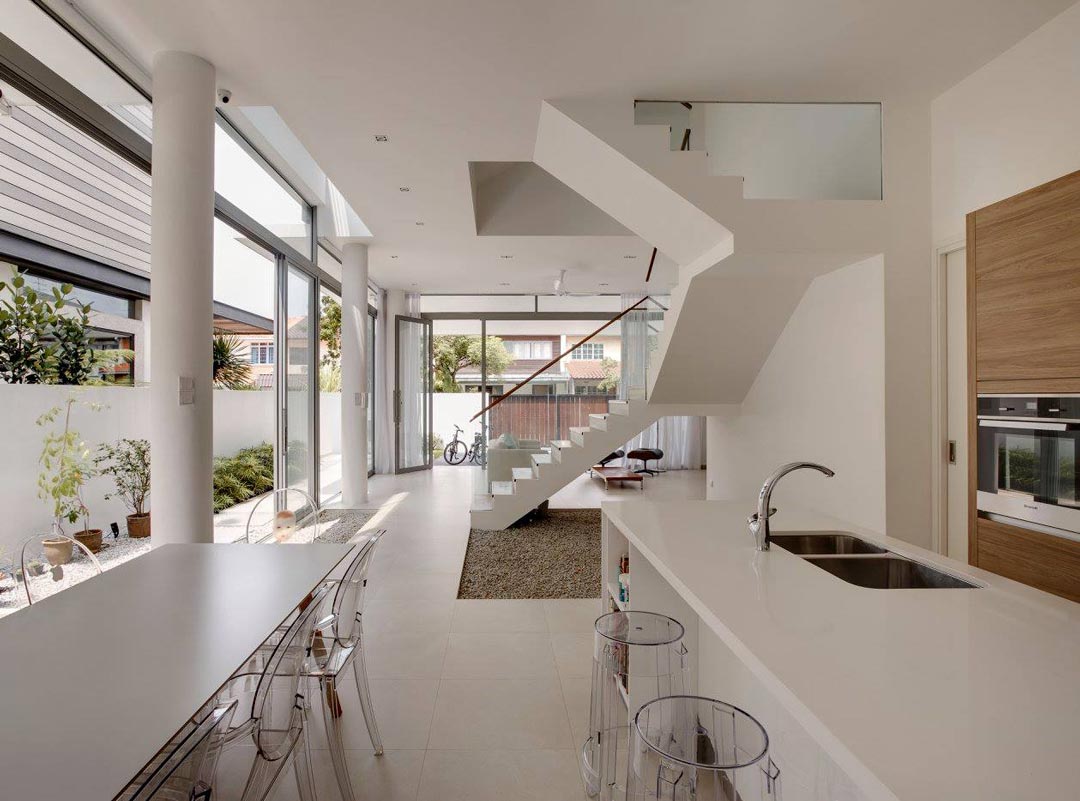
Two bowls of different sizes: Sinks with two bowls of different sizes are suitable for those who want to use the smaller bowl for preparing food. Some sinks come with a drainer basket for the smaller bowl, which you can use to properly drain your dishes or wash fruits and vegetables.
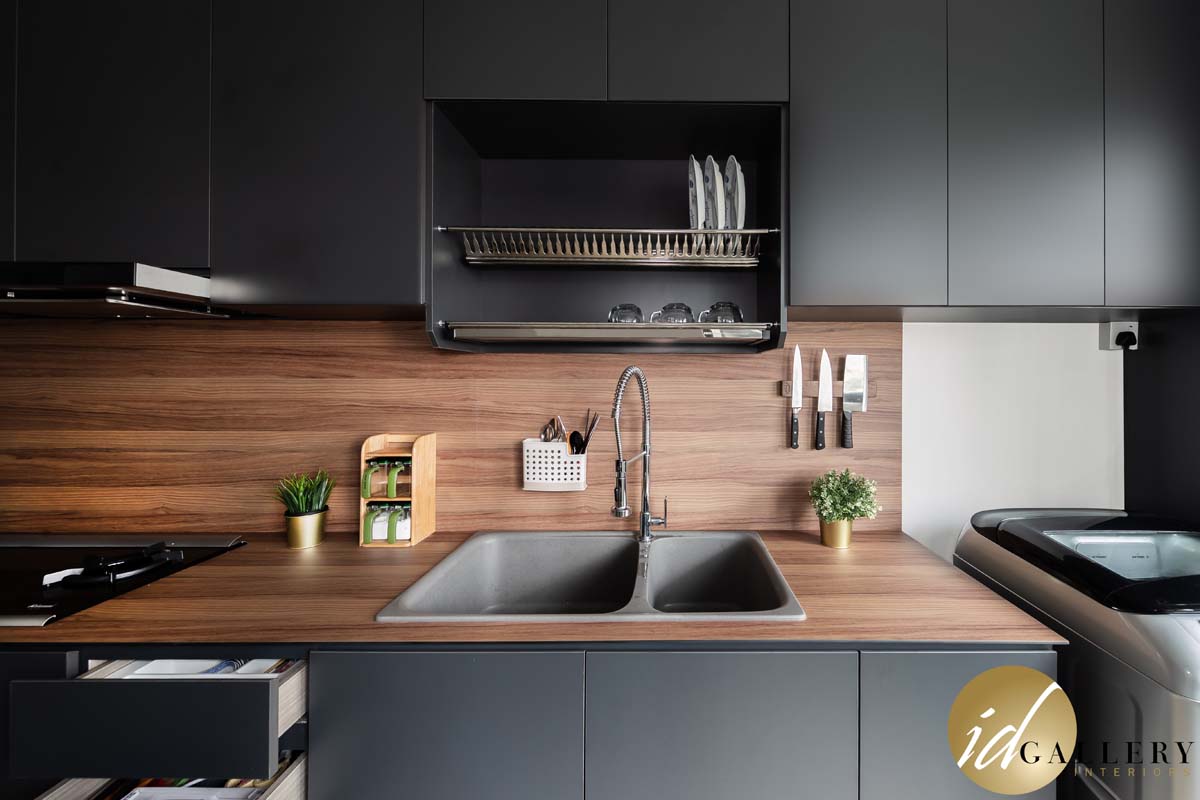
Decide on the size of your sink
Kitchen sinks can be up to 45 cm to 90 cm tall. When choosing the size, look at your budget and consider how much countertop space you want to sacrifice. Larger sinks also steal more attention to design. So, think about whether your sink will be the centerpiece of your kitchen.
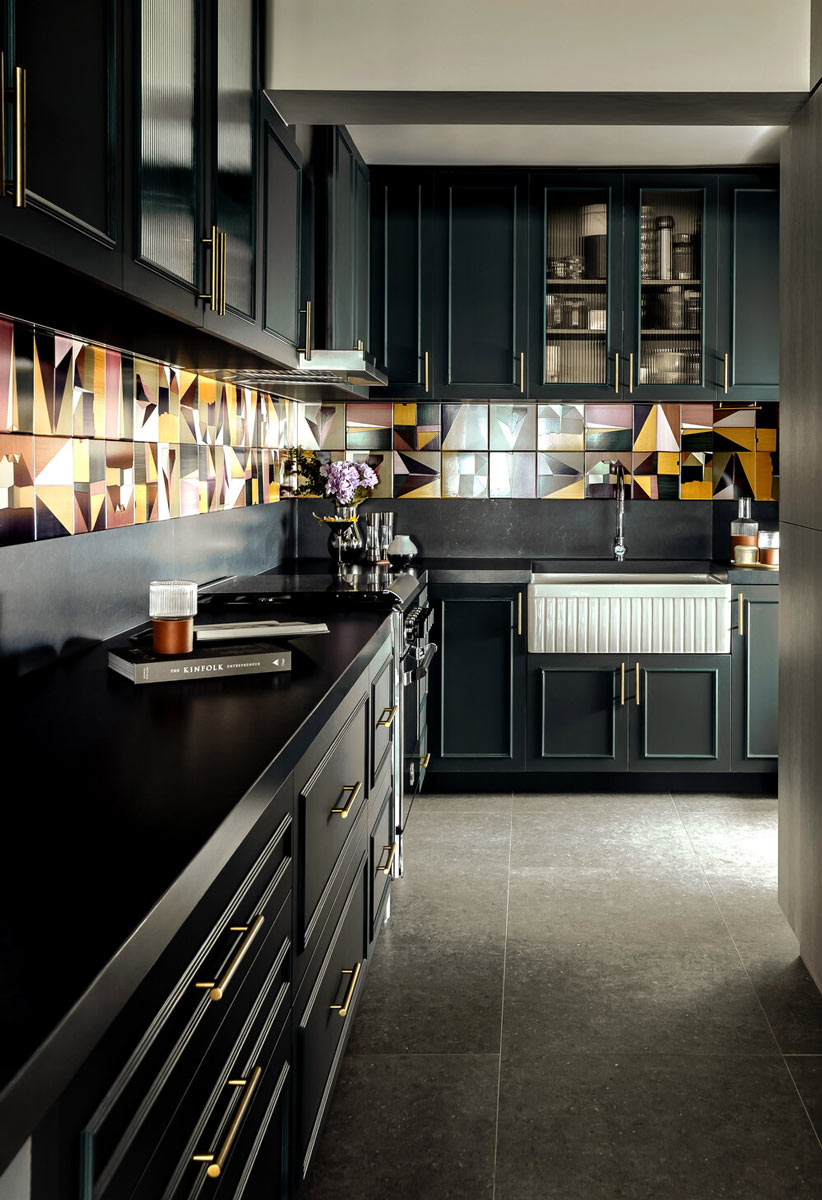
If you enjoy washing your dishes by hand and aren’t looking for a dishwasher, consider a larger or deeper sink. For homeowners who don’t cook often or who rely more on the dishwasher, a smaller sink can be used. Take into account the cooking utensils that you will be using when buying a kitchen sink.
Do you have larger pots and pans in your arsenal, or do you mostly cook for one?
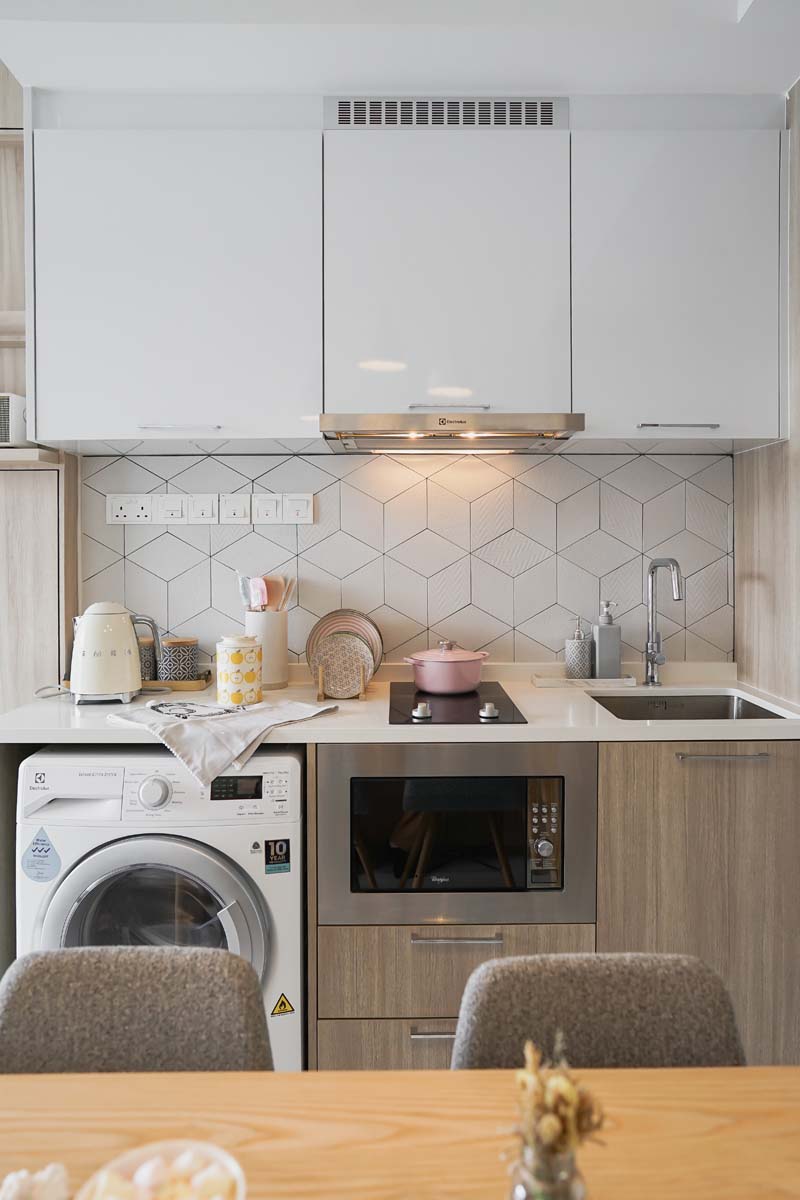
Whether you’re starting a brand new kitchen renovation or just replacing your existing sink it also affects the size you can get. When you’re replacing a sink and looking for a bigger one, are you ready to change your existing cabinets and counters to accommodate your new faucet?
Pay attention to other functions in your sink
Curved Edges: Curved-edged sinks aren’t the sexiest or slickest, but they make it easy to wipe off after use. Plus, they’ll help you soften the look of your kitchen.
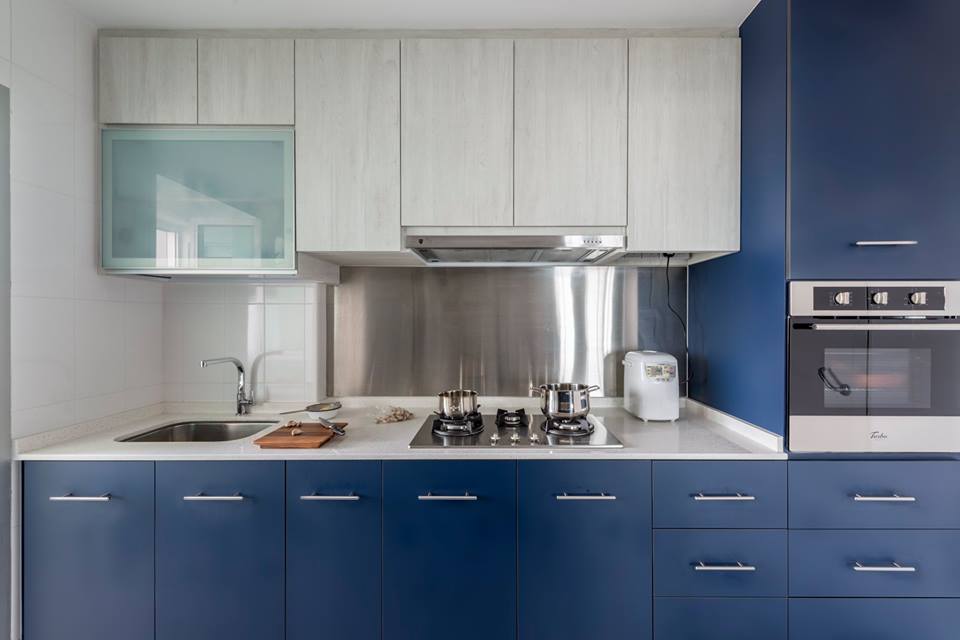
Offset Drain: While most kitchen sinks have a center drain, some have an offset drain on the side. This will prevent the drain hole from being covered when you put your soaped dishes on the sink. A great feature for single sinks that don’t come with an extra bowl to put soap dishes in.
An offset drain also helps move the sink pipes to one side, freeing up more usable storage space under the cabinet.
Drain boards: Sinks with drain boards can help keep your countertops dry and clean. This is especially useful when using countertop materials that don’t wet well for too long, e.g. B. Laminates or tiles with potting compound.
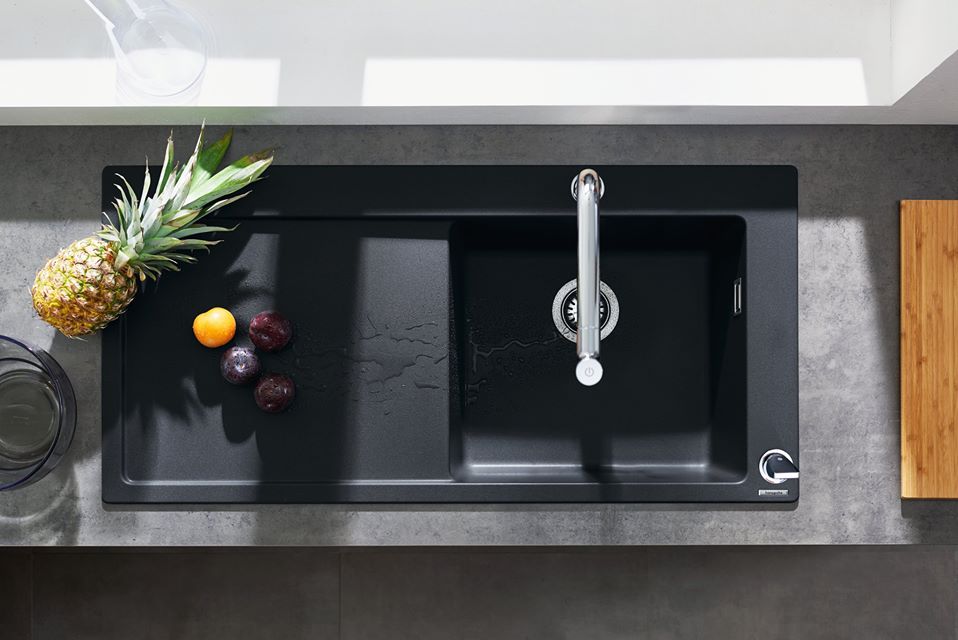
Take into account the size and height of the taps
In general, when choosing kitchen faucets, you want to pay attention to proportions. That means tall taps for larger sinks and smaller taps for small sinks. Make sure your spout is as precisely above the drain hole as possible to avoid unnecessary splashing and noise when you turn on the faucet.
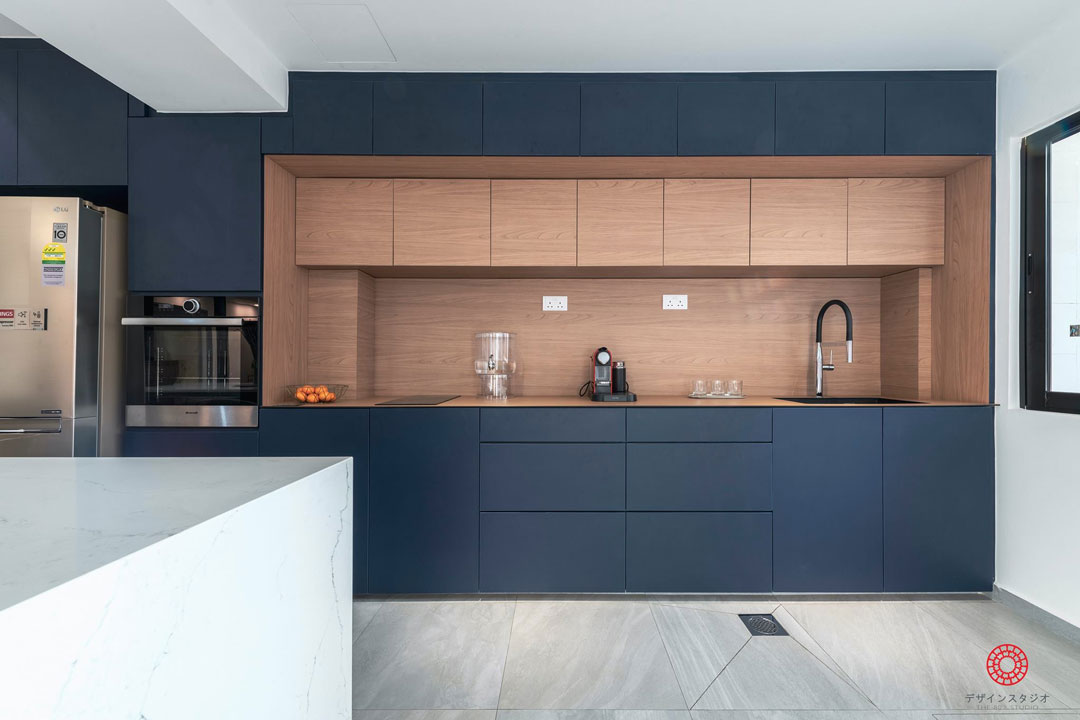
Your kitchen faucet must also have a ½ inch connection. This is the standard when you source your Singapore faucets locally. However, if you are getting one from overseas, e.g. B. at Amazon, the faucets may come in different sizes of connections. For example, U.S. faucets typically have a 3/8 inch faucet.
This can still fit into our local utility lines as long as you can get an adapter that can reduce your 3/8 “connection to a ½” connection, but it makes things a lot more inconvenient.
Faucet Features To Look For
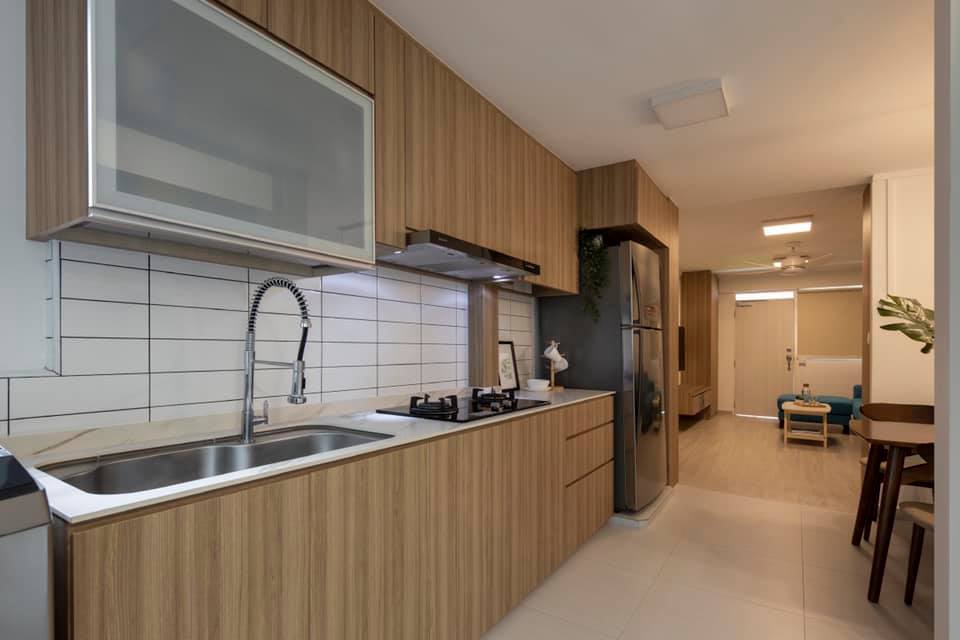
Swivel Ability: If you want more flexibility, get a swivel faucet that can move from side to side. Some can go all 360 degrees.
This is especially useful if you have double sinks that require the faucet to be moved from one bowl to the other, or if you have larger merchandise or kettles that need to fit under the faucet and therefore benefit from a rotating faucet.
Pull-Out Spout: This feature allows you to pull out (or pull down) the faucet from the main spout and is useful for washing heavy dishes or washing the kitchen sink after use. You can get a pull-out spout as an add-on later, although some faucets already come with a built-in one that gives you a sleeker look.
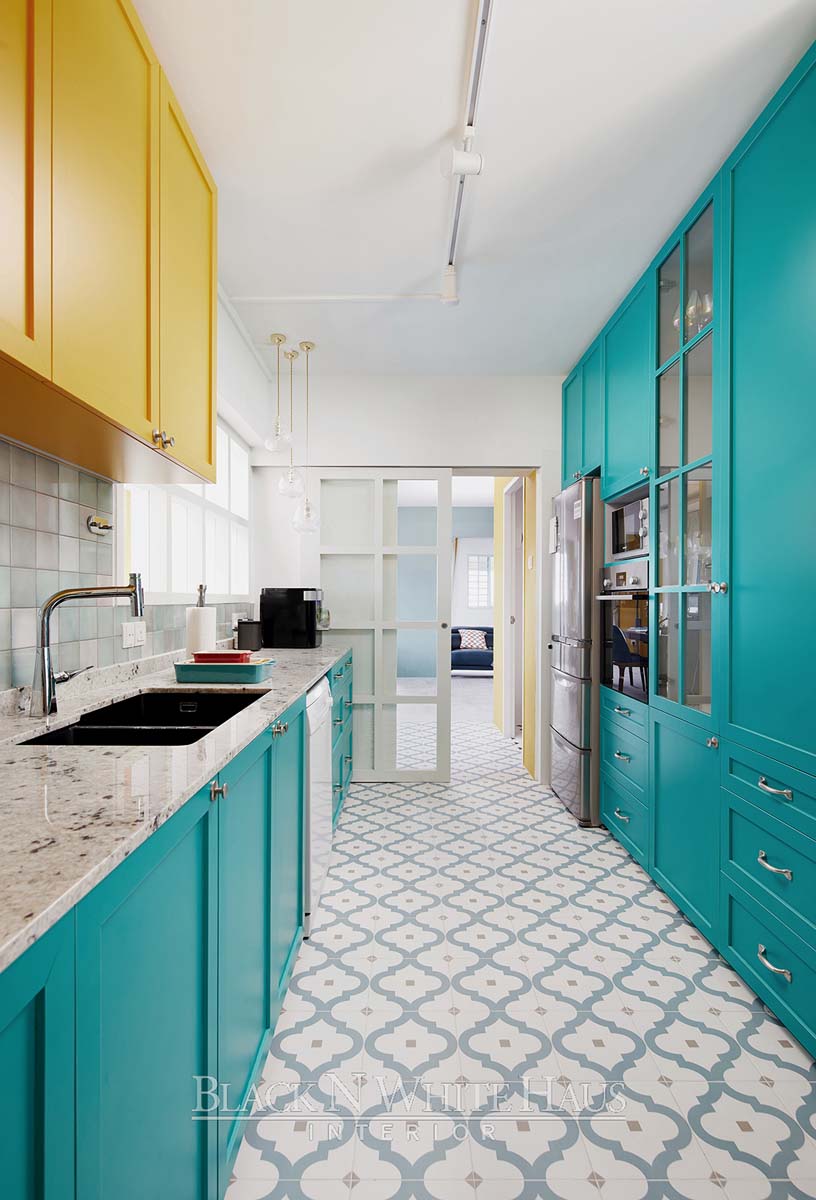
Take into account the style and shape of your faucet as it will affect the overall look
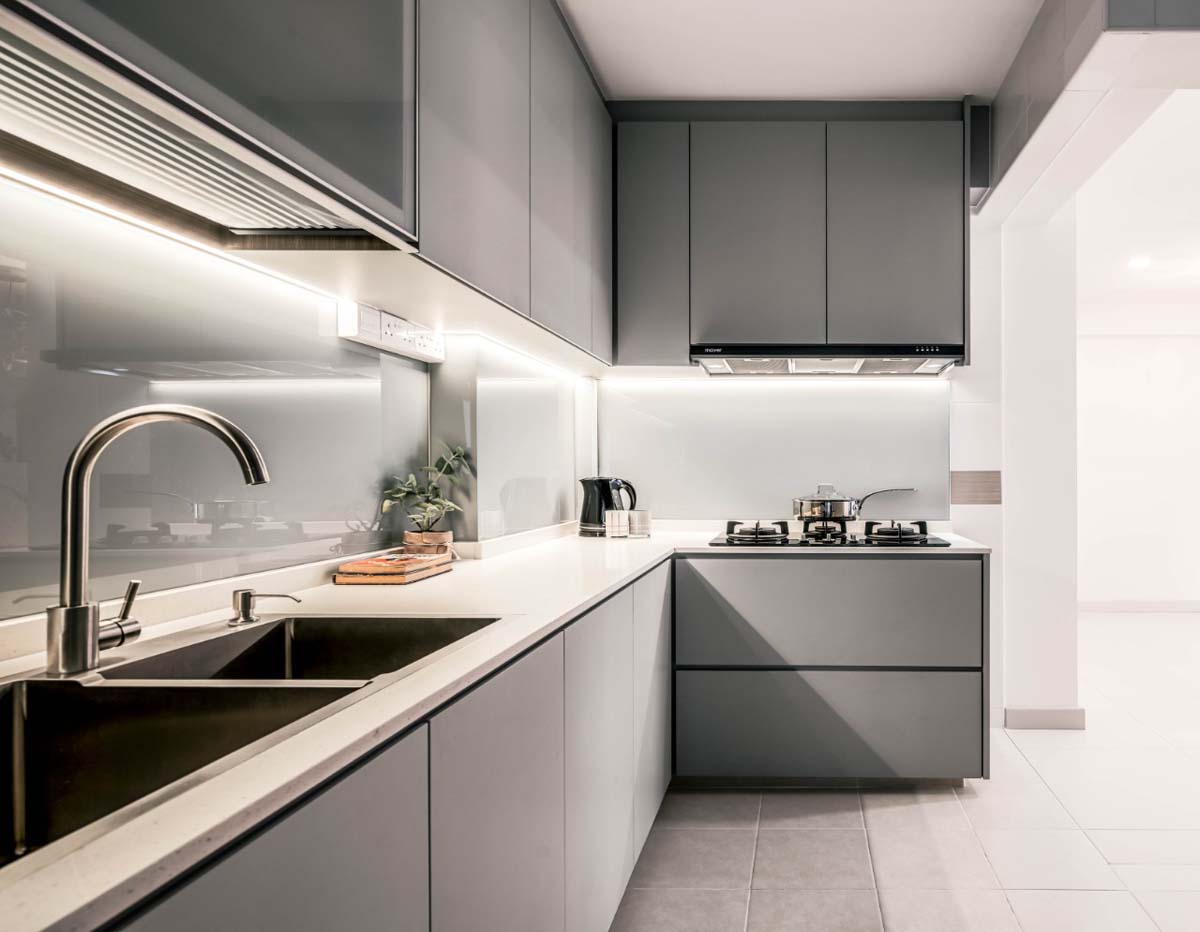
You want your kitchen faucet to match your sink. So if you’re working with a stainless steel kitchen sink, consider chrome or stainless steel taps. You also want your faucet to blend in with the overall look of your kitchen as these are clearly visible.
Traditional style faucets with fancy details and finishes in gold, brass or nickel are a great option if you have a country style kitchen, while more streamlined models will fit into your modern cooking area. Matte black faucets are also popular for a smart, modern look.
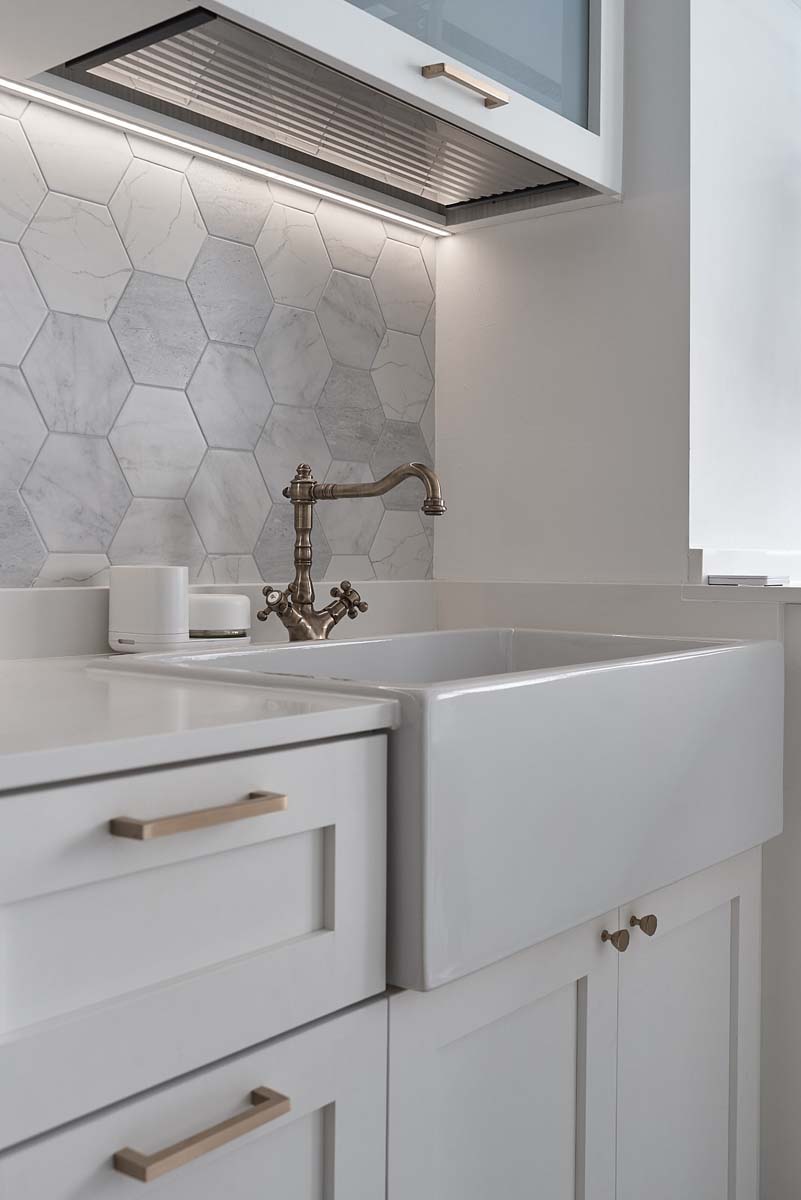
This article was first published in Renonation.

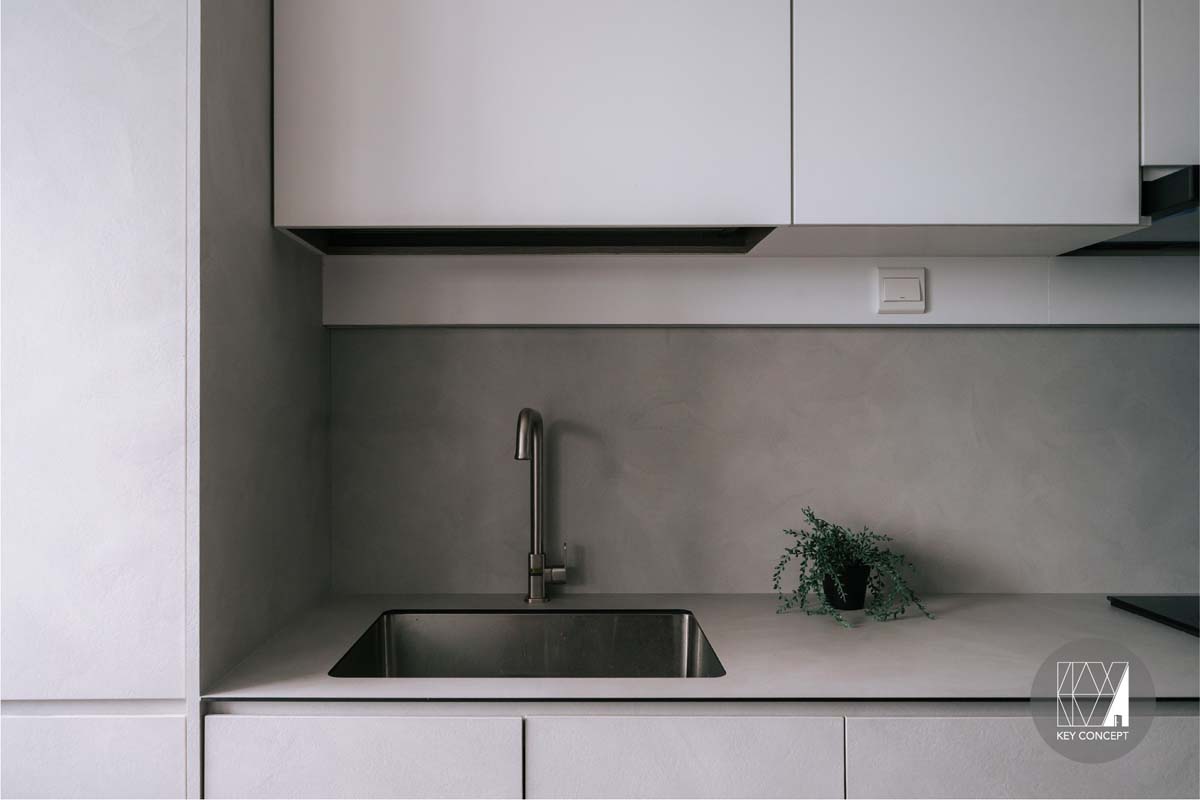
Comments are closed.